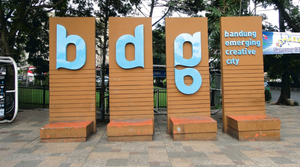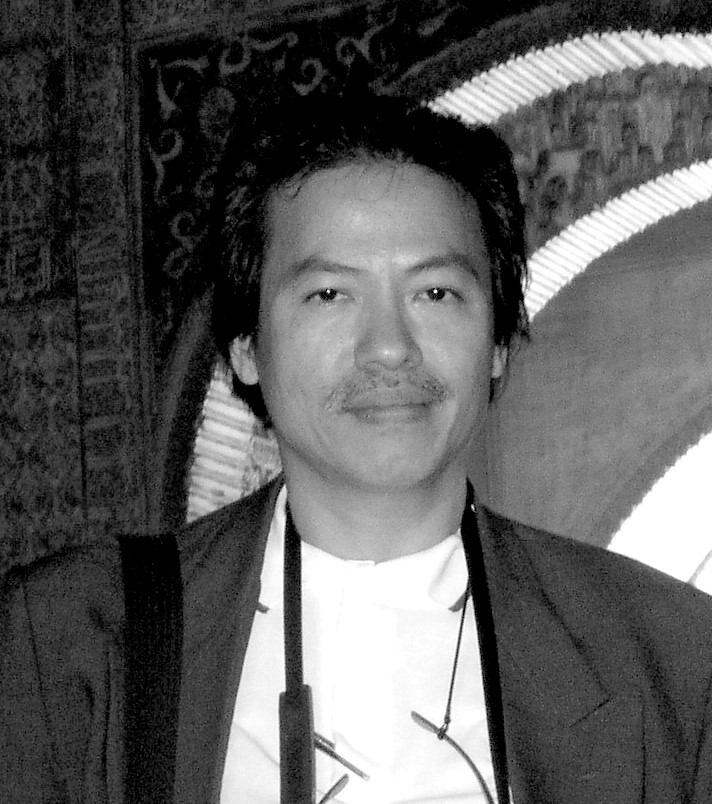Indonesia’s third largest city has a reputation for being a dynamic cultural hub. Bandung is still fashioning itself.
I still remember vividly arriving in Bandung in the early 2000s, when I was just starting university. It was night time when I passed by Dago Street, which was packed with young people and students. Some were selling flowers to passing couples, some were singing and playing the guitar, while others were simply enjoying a meal from the street vendors. For one who was born and bred in Jakarta, the scene was fascinating – it showed how dynamic the city was.
It would be a decade before I returned to that city again, this time to do my PhD. By this time, Bandung had evolved infrastructure that was more metropolitan and facilities such as flyovers and high-rise hotels. More importantly, it was undergoing a Creative City movement – along with clusters of creative shops, and a sign proclaiming “Bandung Creative City” could be seen in the middle of Dago Street.






